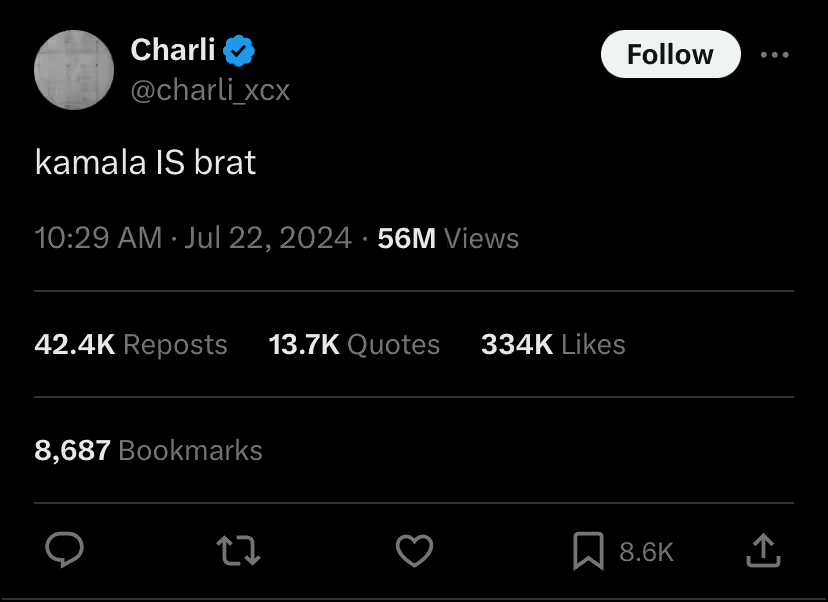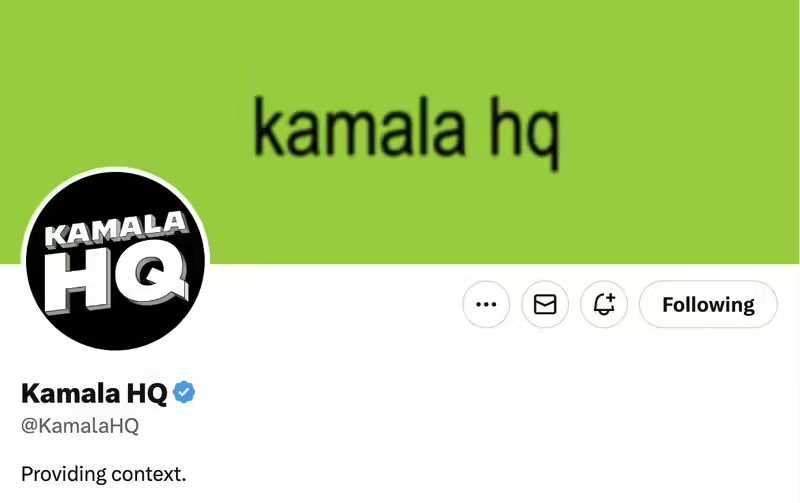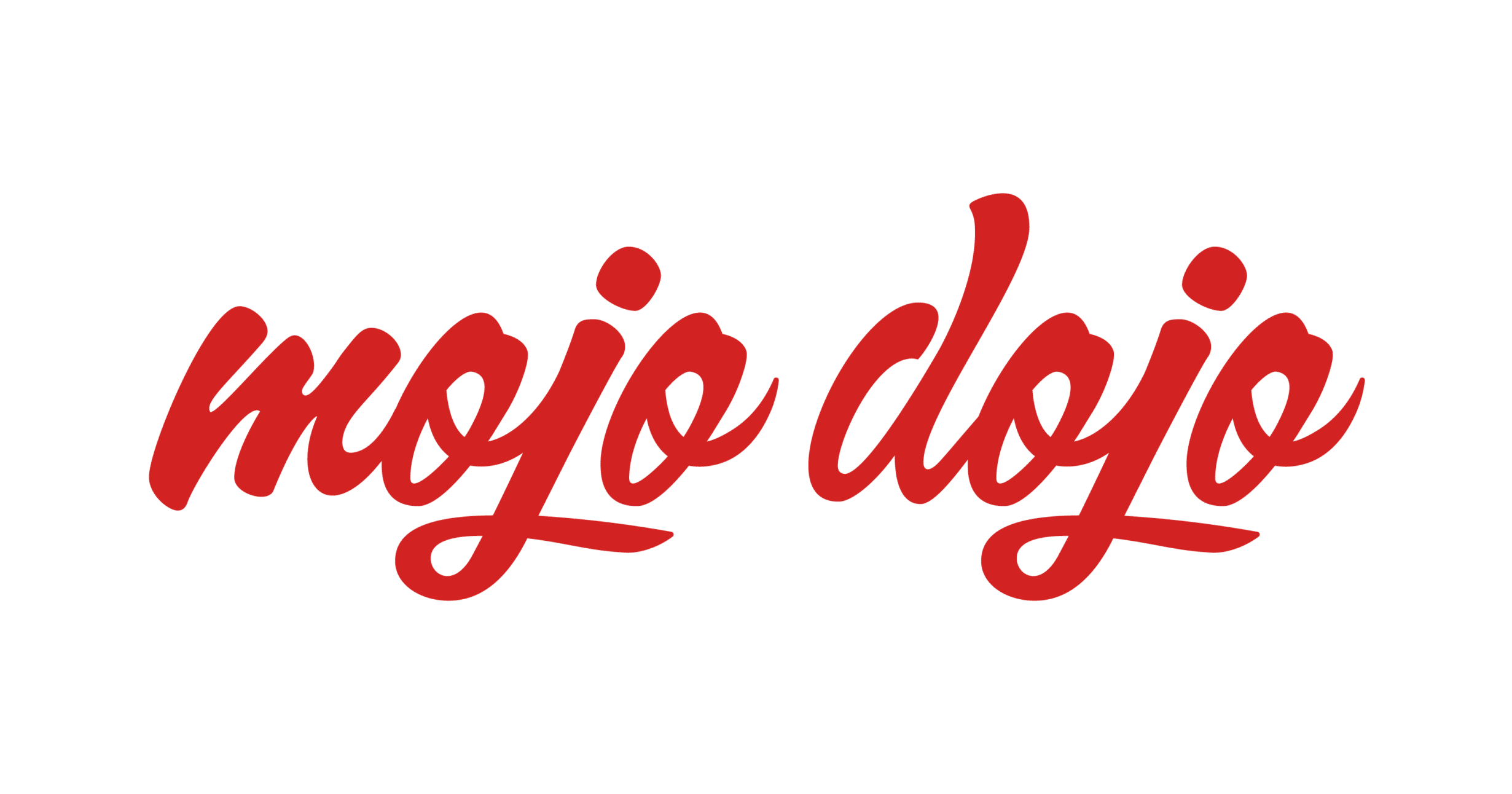Charlie XCX’s “Brat Summer” has been arguably one of the most successful viral marketing campaigns of 2024.
What started off as a campaign for an album release quickly became a worldwide phenomenon. It has inadvertently changed the way people view marketing.
As “Brat Summer” comes to a close in the U.S, “Brat Autumn” has officially been declared. Many people have weighed into how they believe this trend could impact the marketing landscape in the future.
There are a slew of ways this campaign has been so successful:
- It has utilised influencer and audience-led marketing
- It has brought forward the power of nostalgia and rebellion
- There has been cross generational appeal
- It has branched out into different areas of marketing, most notably politics
Something that this campaign did well was its ability to pull in audience engagement. Any campaign launched with social media should have collaboration front and centre.
What is becoming more obvious these days is that marketing campaigns thrive when audience collaboration is at the fore. On Instagram, the hashtag #bratsummer had over 2.6 million posts by July 2024. When audiences become active participants instead of passive consumers, you get what “Brat Summer” has ultimately turned into – a marketing powerhouse.
A similar marketing technique was undertaken by the Barbie movie. Social media audience engagement skyrocketed the popularity of the film. They leveraged social media marketing by creating trends and collaborating with influencers. They leveraged their social media engagement and drew in audiences to get one of the highest grossing films of 2023.
They both incorporated a variety of techniques:
- The Brat Wall was an evolving billboard in New York with real-time updates and teased exclusive content.
- The BRAT meme generator tool let anyone create a BRAT meme graphic in seconds.
- A Tiktok dance trend went viral when a creator made a dance to the popular song “Apple”.
- Barbie had the #BarbieChallenge where people tried to walk without putting their heel to the floor like a classic Barbie doll
These interactive tools encouraged fans to share their experiences and create user-generated content. The brat meme generator itself saw a 500% increase in searches during the peak of the campaign. This showcases how popular engagement is with large scale campaigns.
At the centre of the campaign was authenticity. When audience engagement is high, authenticity is important for people to be able to connect. Audiences want to connect with content on an emotional level. Brat very quickly went from a marketing tool to an ideal. To be “brat” was to party hard, be chaotic, and leaned heavily into the nostalgic 2000’s rebelliousness.
This sense of rebelliousness and nostalgia helped the cross generational appeal. The main target audiences were Gen Z and Millennials. Gen Z appealed to the rebellious, chaotic idea of “brat” as fitting with their generations ideals. Millennials found appeal with the nostalgia and early 2000’s vibe of the campaign.
“Brat Summer” even went so far as to breach the confines of entertainment and musical marketing. It leaked out into fashion, technology, and even politics. NASA posted about it, referencing a line from the song “Apple” with a picture of a bright green nebula.
Kamala Harris herself adopted the Brat phenomenon after one of her speeches went viral. When Charlie XCX tweeted “kamala IS brat”, the internet blew up.

Just days after this tweet, The Harris campaign created a Tiktok account that has since gained 5.9 million followers. Kamala HQ went so far as to adopt the famous neon green colour.

For brands looking to replicate “Brat Summer”’s success, they should be tapping into emerging digital trends like:
- Meme culture
- Bold aesthetics
- Community co-creation
Grassroots campaigns that work from the bottom up are proving to be far more popular than the standard top down marketing trends. Memes only thrive when the spread is organic, as this entire campaign clearly demonstrates. Community co-creation boosts the popularity of a brand when people are excited.
While “Brat Summer” gives way to “Brat Autumn”, the slew of new marketing techniques and concepts will continue to be discussed. The key thing this campaign did really well through social media is giving people something to play with.
Audience collaboration was done through:
- Access to a music library
- Filters
- Challenges
- Trends
Leveraging any of the ideas above for your marketing campaign will surely give you the tools to succeed in this age of social media. We are seeing more and more campaigns skew towards audience engagement with increasing success. This allows audiences to connect to products and brands in new and exciting ways.
